Himachal
History
A Brief History Of The British Settlers In Kullu
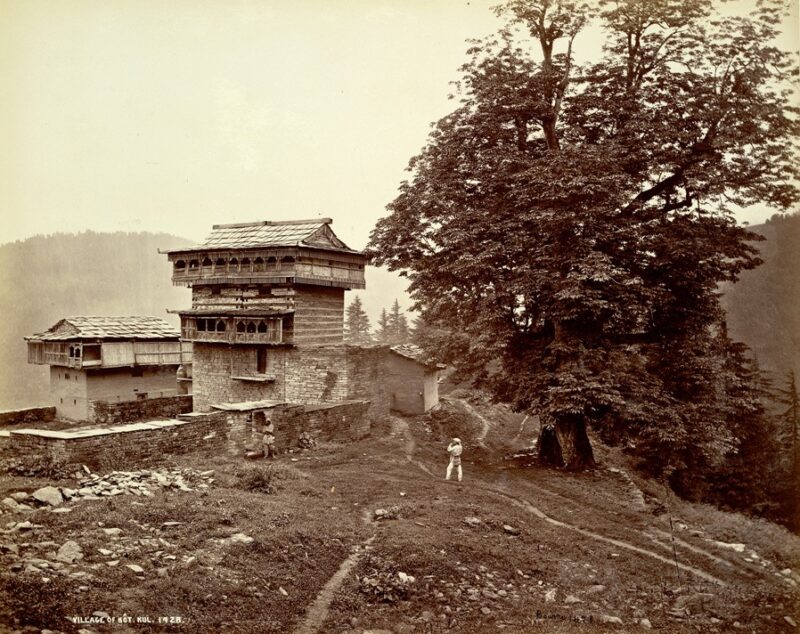
Britishers first started settling down in Kullu after they took it over from the Sikhs in 1846. Headed by an Assistant Commissioner, Kullu at that time was a sub-division under Kangra district.
The early settlers were a mixed bag. Many wanted to explore the Himalayas and experiment especially in horticulture, others wished to live in peace and there were some who just came for hunting. Soon, a good number of Britishers had spread all over the valley after having bought big chunks of land and built palatial houses.
In the following decades and by 1880, around a dozen estates of British settlers had come up in Bajaura, Raison, Bandrol, Dobhi, Naggar, Jagatsukh and Manali.
Some of the prominent settlers at that time included Colonel RHF Rennick, who owned the Garh estate in Bajaura and the Hall estate in Naggar; Willie Donald, who lived in the Dobhi estate near Raison and later founded Kutbai estate in Naggar; Captain R C Lee, who owned an estate in Bandrol village and Captain AT Banon, who set up an estate in Manali.
There were no roads and you could come to Kullu only on foot or riding a mule. The valley was verdant, land fertile and life simple. And there was so much to explore and to be discovered. Life, indeed, was beautiful in the valley.
Kooloo Tea Company
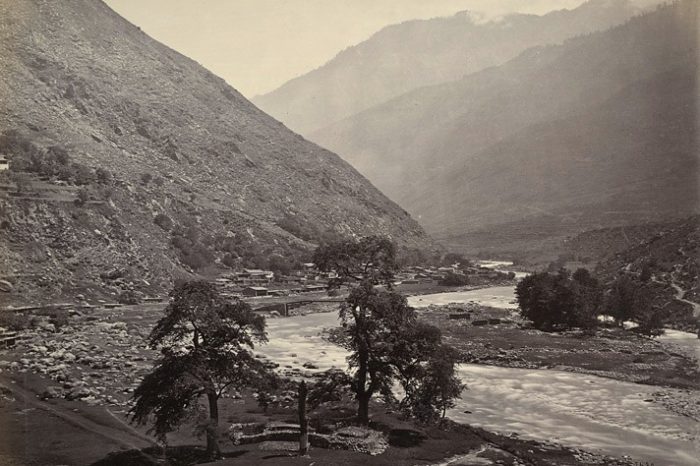
Major Hay, who was the first Assistant Commissioner of Kullu, had first planted a tea garden in Naggar. The garden was bought and improvised upon by his successor G Knox, who founded the Kooloo Tea Company in the 1860s.
The company brought land in other parts of the valley and soon there were tea gardens spread in Bajaura, Raison and Naggar. The gardens were managed by H J Minnikin, who used to stay in Raison. However, the tea company didn’t do well mainly due to the fact that the climate didn’t turn out to be best suited for the tea cultivation and the company was dissolved in 1880 and the land was bought by Minnikin and Colonel RHF Rennick.
The First Apple Orchards
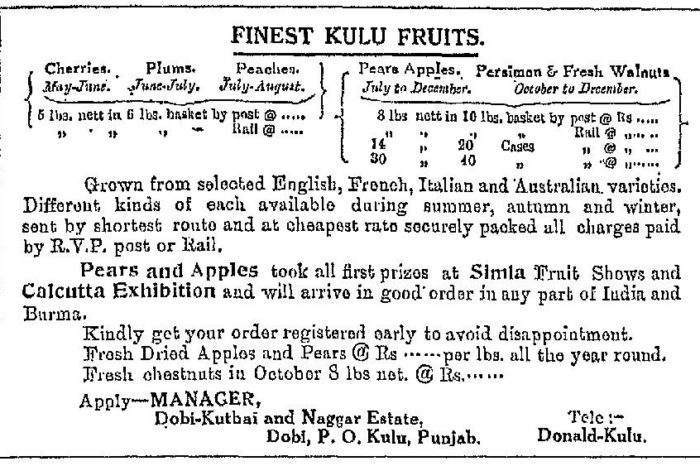
Even though credit for introducing apple farming in Himachal goes to Satyananda Stokes but if we go through the works of some British authors especially Penelope Chetwode, who wrote ‘Kulu: The End of the Habitable World’, and AFP Harcourt, who served as the Assistant Commissioner of Kullu from 1869 to 1871, it becomes clear that Kullu had apple farms in 1870s, at least 40 years before Stokes started apple cultivation in Shimla district.
Chetwode has written in her book that, Captain R C Lee was the pioneer of the apple cultivation. Harcourt has also mentioned in his book ‘The Himalayan Districts of Kooloo, Lahool and Spiti’, published in 1871, about Lee’s estate in Kullu. According to Penelope, Lee after retiring from the army had settled down in Bandrol village, some 12 kms from Kullu on Manali national highway, and started apple cultivation among other fruits in 1870.
Some years later, Captain AT Banon after retiring from the Royal Munster Fusiliers, a regiment of the British army, settled down in Manali after buying land. Like Lee, Banon too started the apple farming and his decision was followed by many other settlers in the valley and eventually by the locals.
And there was Willie Donald, who was one of the most successful fruit growers and who started apple farming in Dobhi and later founded the Kutbai estate in Naggar. Willie was also an expert engineer and in charge of roads and bridges in the entire Kullu sub-division.
A publicity pamphlet on fruits including apples by Willie Donald, who owned estates in Dobhi and Naggar.
According to Chetwode, some of the apple varieties that were grown in Kullu included Cox’s, Blenheim orange, Newton and Russet. As the apple orchards grew in numbers, so did the supply. But there was one major bottleneck in selling the produce to the outside world: Lack of transportation. In the initial days of apple farming, apples used to be carried to Shimla using the mail-runners.
Chetwode writes in her book that “the mail-runners did six-mile stages carrying five parcels packed into their kiltas, the local all-purpose cone-shaped baskets. At the height of the fruit season as many as two hundred runners were employed at each stage and by the relay system the first ninety miles of the journey were covered in under twenty-four hours.”
Hunting Games
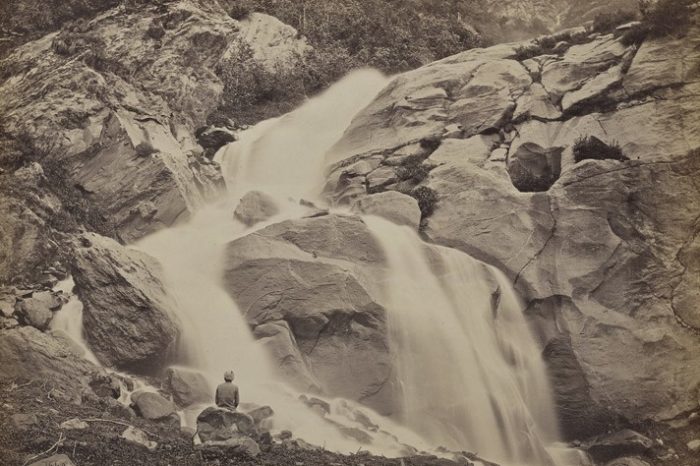
Kullu at that time was also a favourite hunting ground and many Britishers came to the valley searching for a good game. They would camp in the forests for days and hunt along the rivulets. R H Tyacke was one of them who came with her husband to the valley and started living at the estate of Minnikin in Raison, a scenic village on the bank of Beas river and located some 14 kms from Kullu towards Manali.
Tyackes travelled all over the valley and in the neighbouring Lahaul and Spiti and whenever they had time, they went into the forests and even upto the Hamta Pass for hunting bears and ibex She also wrote a book chronicling their adventures ‘How I Shot My Bears or Two Years’ Tent Life In Kullu And Lahaul’.
In the book, published in 1893, Tyacke throws an interesting light on the Kullu and Lahaul of that time, people and their customs besides focusing on their life, which was full of adventure as they trekked all over the Western Himalayas and put themselves in many dangerous situations while hunting. She has also given interesting details in her book about how sahibs would fight with each other for the nalas (rivulets) for hunting birds and animals.
The Tyackes spent the last two years of their lives in Arcadia House in Naggar and both died within a week of each other. They were buried side by side in Naggar.
Settlers Leave The Valley
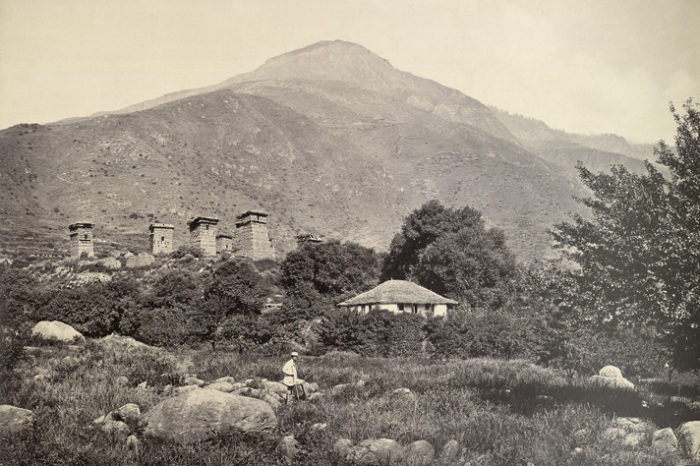
By the time the country got Independence in 1947, most British settlers except few had already sold their estates and left the valley for England. According to Penelope Chetwode, it was less to do with the coming of the Indian independence and more to do with the change in the life patterns of settlers brought about by the beginning of the transport age in Kullu some 20 years earlier in around 1927.
“What really broke up this little sporting and farming community was not so much the coming of independence in 1947, as the opening of the Mandi-Larji gorge road some twenty years earlier. Up till then the Kulu valley could be reached only on foot or by riding a hill pony up and down precipitous paths.
But once the buses and lorries and private cars started pouring in and transforming Kulu into a popular holiday resort like Kashmir, the whole pattern of life changed for the residents,” writes Penelope in her book. Colonel RHF Rennick sold The Hall estate to the Raja of Mandi in 1921 and soon after the Garh estate in Bajaura. Willie Donald died in 1944 and left his two daughters — Barbara and Hilary — the Dobhi estate and Kutbai estate.
The daughters sold the Dobhi estate in 1945 and the Kutbai estate in 1952. But there were still very few like CR Johnson and the Banon family members who never went back and their families continue to live in the valley.



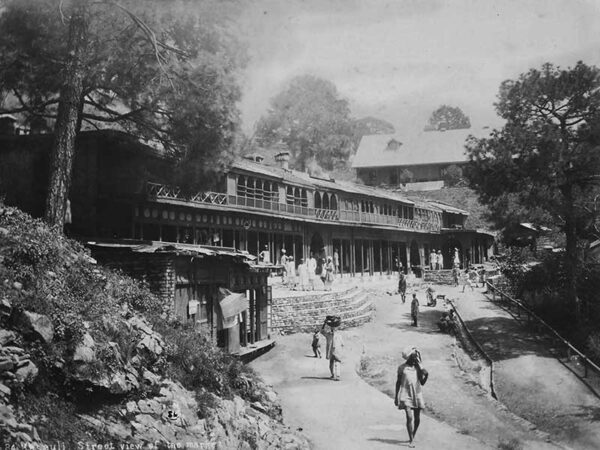
Fantastic information. Glad to find you. You are doing great service to kullu.
You Guys Providing Great Knowledge…Best Wishes…
Love to read such a hidden information about the valley of God. Now it’s a full of orchards.
Awsome pic